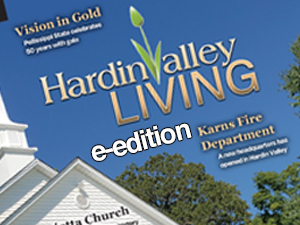It’s unanimous from BOMA: new Town sign ordinance
After more than a year of workshops and committee meetings, Farragut officially has a new sign ordinance.
Farragut Board of Mayor and Aldermen voted unanimously on second reading Thursday, Aug. 27, to approve the new ordinance, which amends and replaces Chapter 109 of the Code Ordinances of the Town of Farragut.
Town Community Development director Mark Shipley oversaw the changes, and created a Sign Ordinance steering committee in early 2019, which painstakingly worked through the Town’s previous ordinance, replacing content-based language with content-neutral language.
One of the key changes in the ordinance is stated under its purpose and intent: “the ordinance is not intended to regulate the message of any sign, any building design, any display not defined as sign, or any sign which cannot be viewed from outside a building.”
Spurring the changes was the 2015 U.S. Supreme Court decision, Reed vs. Town of Gilbert, which ruled an Arizona town’s sign code placed unconstitutional content-based restrictions on speech, in violation of the First Amendment.
After meeting eight times, the Steering Committee submitted the first draft in December 2019, Shipley noted in a report to BOMA.
The FMPC unanimously recommended approval of the new ordinance June 18, then BOMA approved it on first reading Aug. 13.
In other business:
BOMA approved on first reading two related ordinances. The first, 20-09, amends the Class 4 Tavern Permit and creates a Class 7 Brewpub permit. This item has been workshopped by both the FMPC and BOMA.
The proposed ordinance makes two changes to the Tavern Permit. First, the square footage limit for taverns is increased from 3,500 square feet to 4,500 square feet. Second, it specifies that food sales account for at least twenty (20) percent of gross sales at Taverns.
To match the permitted use of Brewpub in the Zoning Ordinance, it is proposed that a new Class 7, Brewpub permit be created with requirements that will include: being housed in building space and/or tenant space that does not exceed 6,500 gross square feet; not producing more than 2,500 barrels of beer or malt beverage per year; not distribute at wholesale more than twenty-five percent of its annual production, in barrels.
A second ordinance, 20-16, defines both a microbrewery and brewpub, and establishes that it/they would only be located in C-1, General Commercial District; C-1 Mixed Use Town Center overlay district; C-2, Neighborhood Convenience Commercial; OD-RE/E, Outlet Drive Regional Entertainment and Employment Districts.


